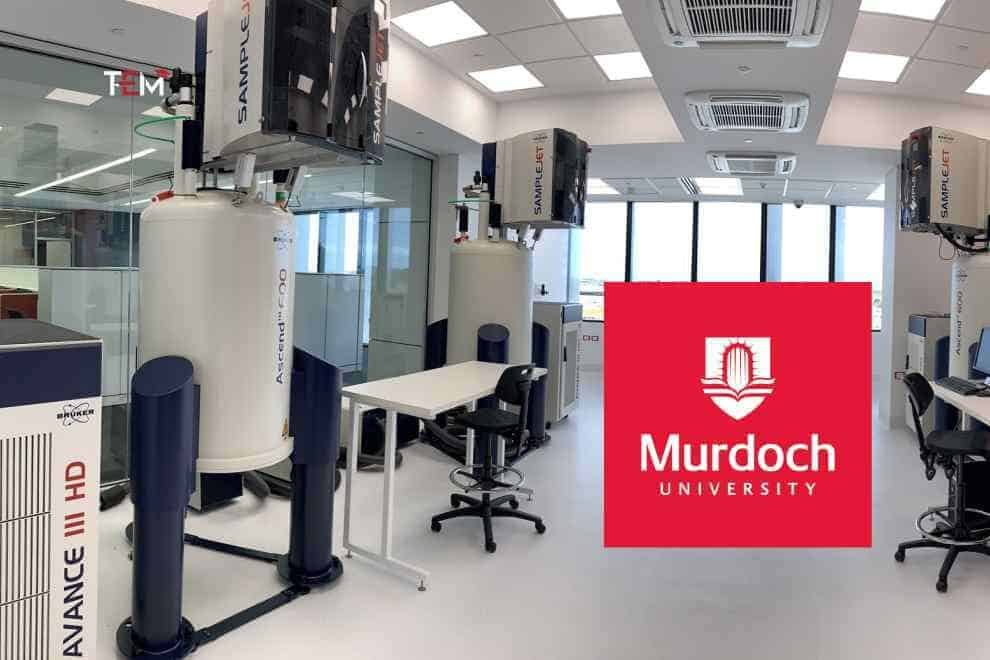The collaboration established an international center for phenomics
Metabolic Phenotyping is a scientific research strategy to understand the interactions between the genotype, environment, and lifestyle at the molecular level. Murdoch University and Bruker have formed a strategic collaboration to help transform the prevention and diagnosis of disease and personalized health around the world. The collaboration will play a key role within the Australian National Phenome Centre (ANPC), which is an international center of expertise for metabolic phenotyping.
“The launch of ANPC is the culmination of many years of hard work and the strategic vision of leaders across Murdoch University who recognized the significance of phenomics research, and supported the establishment of an international center of expertise in this area,” said Professor David Morrison.
- The ANPC is expected to work as a critical platform for the Western Australian Health Translational Network (WAHTN).
- It will work closely with major hospitals, universities and medical research institutes.
- Equipped with various Bruker nuclear magnetic resonance (NMR) and various mass spectrometry (MS) phenomics solutions, the ANPC is a privilege for researchers around phenomics.
- The ANPC will enable researchers to examine the complex interactions of genes, the environment, and lifestyle on human metabolic health.
Additionally, Bruker provides extensive applications, service and R&D support to the ANPC for support, training, beta-testing and the validation of assays and tools developed.
MS data will be analyzed using MetaboScape client software, which seamlessly integrates flow-injection analysis (FIA) extreme resolution MRMS workflows, quantitative analysis from the ‘phenomics workhorse’ impact-11 QTOF mass spectrometers. MetaboScape also integrates universal, molecule-specific collision cross-section prediction using machine learning (CCSPredic) on the timsTOF for 4D lipidomics.
Dr. Manfred Spraul, CTO of Bruker’s Applied, Industrial & Clinical magnetic resonance division, commented: “Phenomics research continues to evolve and offer fascinating insights into disease processes. With our expertise in both mass spectrometry and nuclear magnetic resonance, we are able to harness the unique and differentiated potential of each technique and partner with researchers to combine the best tools required for their metabolomics research.”
The Murdoch-Bruker collaboration has the potential to deliver a step-change in phenomics as it couples high-throughput MS/MS data with novel collision cross-section (CCS) aware 4D lipidomics and 4D metabolomics on our timsTOF Pro platform. We are pleased that ANPC has evaluated our ‘phenomics workhorse’ impact 11 QTOF, and found it to be ultra-sensitive and stable for quantification in large-cohort studies. Finally, we are excited that Murdoch University will adopt and further develop high-throughput FIA-MRMS for identifying over one thousand metabolomics in just a few minutes, without the need for chromatography.










